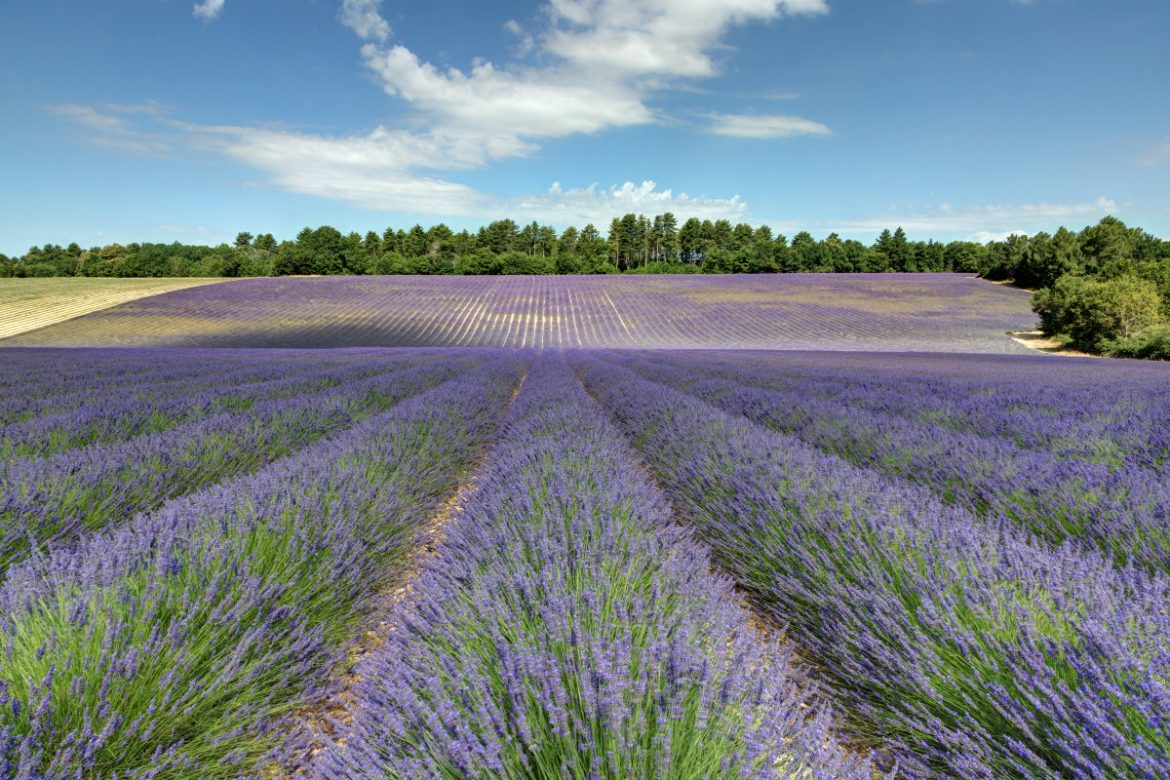Lavender is the world’s most popular herb, known as the “tranquil perfume plant,” “king of spices,” “the queen of aromatic herbs,” and is extracted from lavender flowers.
The essential oil is known as “all-purpose oil” because of its versatility. As a spice plant with high economic and ornamental value, in the early 1960s, the Ministry of Agriculture selected nine provinces and regions in China for trial planting of lavender, only in Huocheng County, Yili Kazakh Autonomous Prefecture, Xinjiang.
The Yili River Valley has a unique natural counter-temperate climate and water and fertilizer conditions, which are necessary conditions for the growth of lavender plants. Huocheng County is the main production area of lavender in China, accounting for 97% of the country’s production. With the popularity of lavender cultural tourism around the world, the herb plant lavender industry has become the tourism and cultural card of Huocheng County.
The “Xinjiang Lavender Culture Museum” has opened, which is currently the only lavender-themed museum in China. The Ruistars Lavender Plantation is located in Qingshuihe Town, Huocheng County, Yili, Xinjiang, which is a key town on the northern route of the ancient Silk Road. It is located in the Yili River Valley at the foot of the Tianshan Mountains, which is very similar to the geographic location, climatic conditions and soil environment of Provence, France, the world’s famous lavender origin, making Ruistars Lavender Park the first in China to bring together lavender seedling introduction, standardized planting, GMP production and processing, product display, earth landscape, herb garden, lavender culture dissemination, classic wedding landscape and so on. The lavender industrial park is a theme tourism industrial park that showcases the whole industry scene of lavender.
The lavender in Huocheng, Yili, China, is the third largest lavender growing base in the world after Provence, France and Furano, Japan, and is the only major lavender producing area in China. Most of the visitors who have seen the lavender fields in Yili have the feeling that it is natural and unadorned, without artifice, purely ecological.

